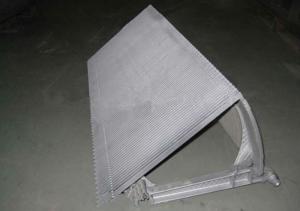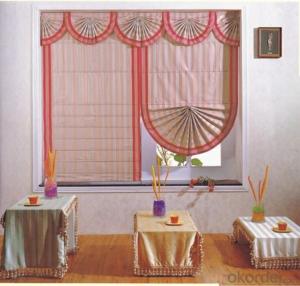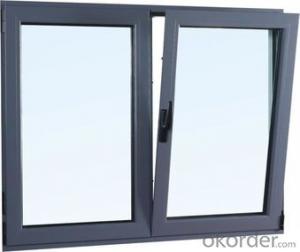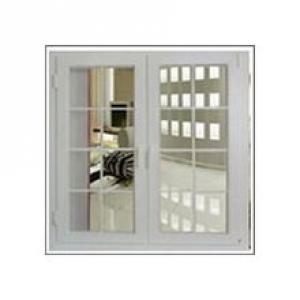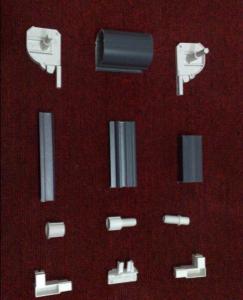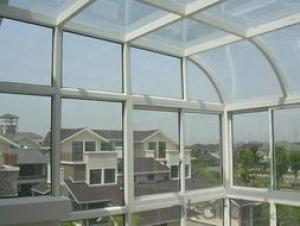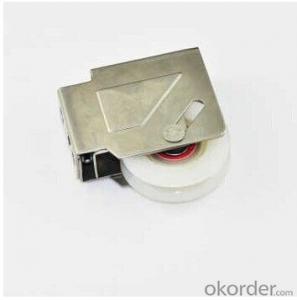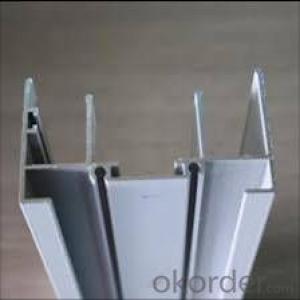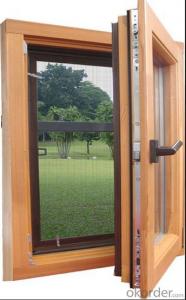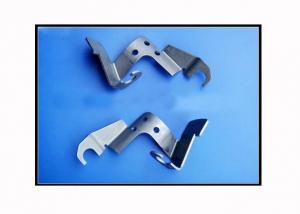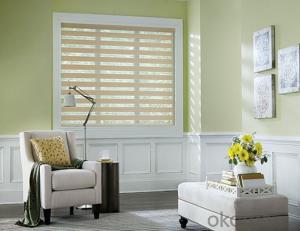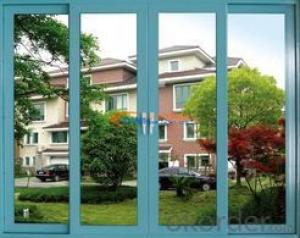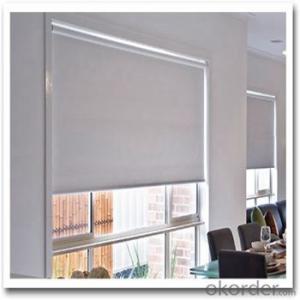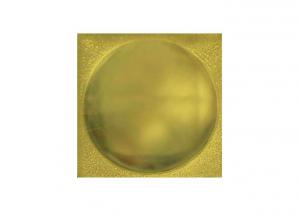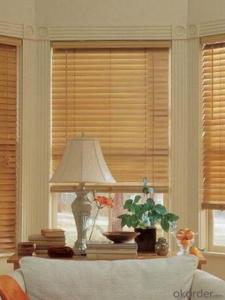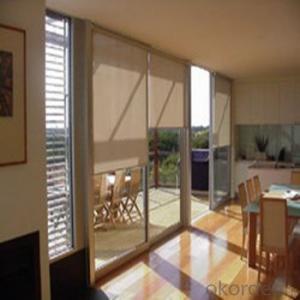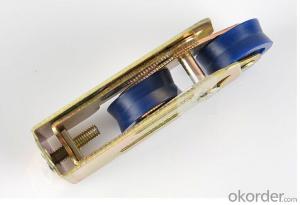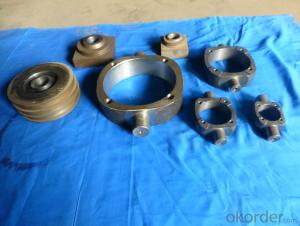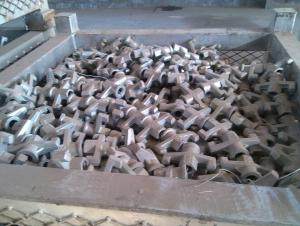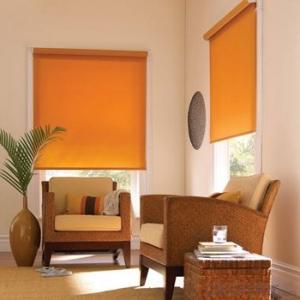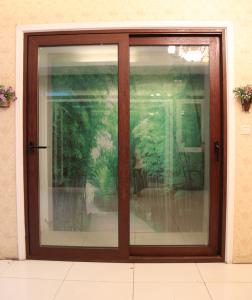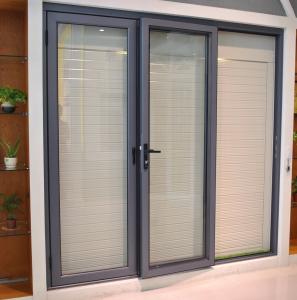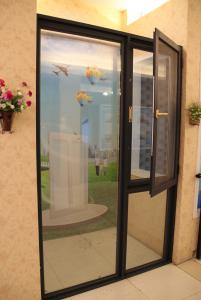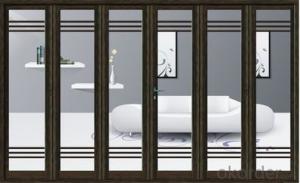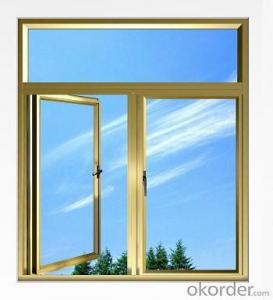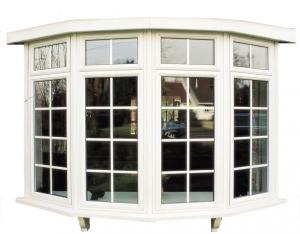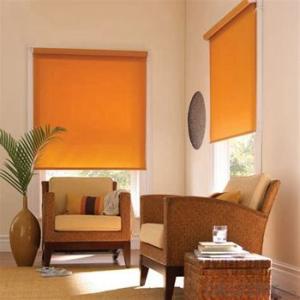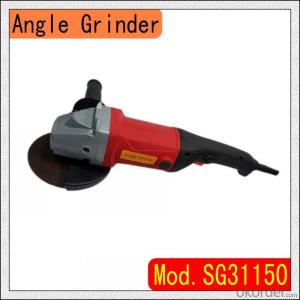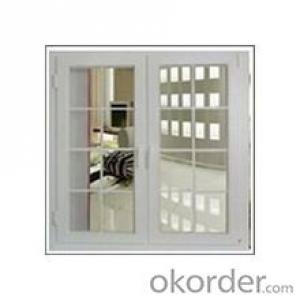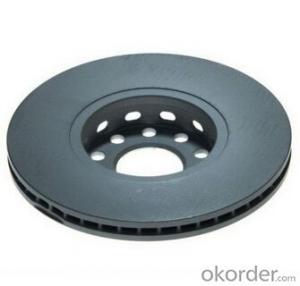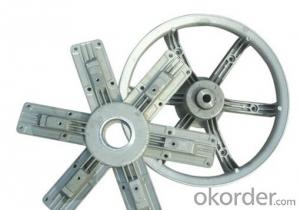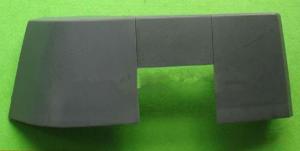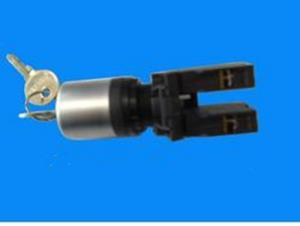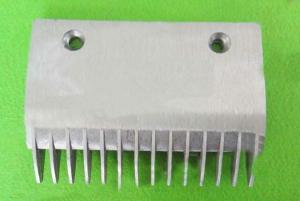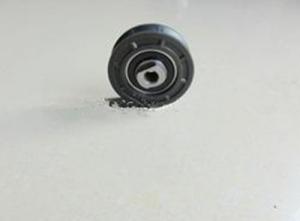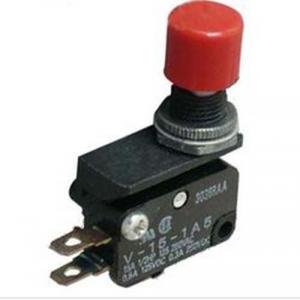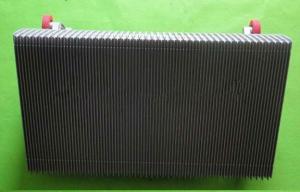Anderson Windows Parts
Anderson Windows Parts Related Searches
Westpoint Air Conditioner Parts Replacement Parts For Screen Doors Pneumatic Door Closer Parts Aluminum Awning Windows Repair Parts Amcor Air Conditioner Parts Air Duct Parts Whirlpool Appliances Parts Thread Parts Schindler Elevator Parts Concord Elevator Parts Shower Handle Replacement Parts Heating And Air Conditioning Parts Crane Spare Parts Uberhaus Air Conditioner Parts Classic Car Rubber Parts Hunter Gas Fireplace Parts Replacement Shower Parts Champion Air Conditioner Parts Grove Crane Parts French Door Replacement Parts Perkins Engine Parts Friedrich Air Conditioner Parts Hauer Elevator Parts Kenmore Elite Range Parts Fireplace Inserts Replacement Parts Gas Stove Parts Jenn Air Dishwasher Parts Idylis Air Conditioner Parts Northern Elevator PartsAnderson Windows Parts Supplier & Manufacturer from China
Anderson Windows Parts encompasses a wide range of components designed to enhance the functionality and aesthetics of Anderson windows. These parts include hardware, replacement parts, and accessories that cater to various window models and styles. They are essential for maintaining the performance and appearance of Anderson windows in residential and commercial settings. The products are designed to withstand various weather conditions and provide a seamless integration with the existing window systems, ensuring optimal energy efficiency and security.Anderson Windows Parts are widely used in both new construction and remodeling projects, where they serve to improve the overall window system's durability, ease of operation, and visual appeal. These parts are crucial for ensuring that windows operate smoothly and securely, providing homeowners and businesses with peace of mind and added value. Whether it's a simple repair or a complete window overhaul, Anderson Windows Parts play a vital role in maintaining the integrity and performance of the window system.
Okorder.com is a reputable wholesale supplier of Anderson Windows Parts, boasting a vast inventory that caters to the diverse needs of customers. With a commitment to quality and customer satisfaction, Okorder.com ensures that the Anderson Windows Parts they offer are of the highest standard, meeting the specific requirements of various window models and applications. This extensive inventory allows customers to find the exact parts they need, making the process of maintaining or upgrading their window systems more efficient and cost-effective.
Hot Products
